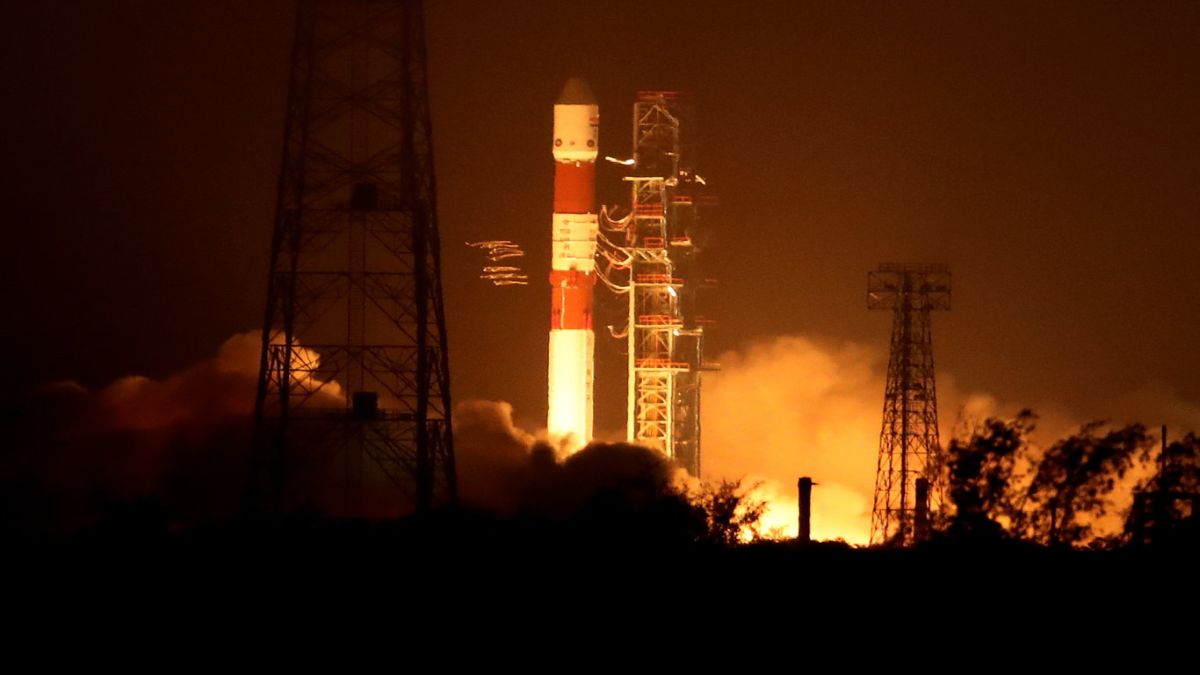The Indian Space Research Organisation (Isro) will form a high-level Failure Analysis Committee (FAC) to investigate the anomaly that led to the failure of the EOS-09 satellite mission. The committee will include experts from Isro and academia.
According to Isro chief V Narayanan, the mission failed due to technical issues during the third stage of the launch. The FAC will closely examine flight data and all related activities – from launch preparations and countdown to the final stage – where the mission encountered the issue.
Typically, a former Isro chairman or a senior retired scientist heads such a committee. The FAC will identify the root cause of the failure and recommend corrective steps for future missions.
“During the functioning of the third stage, we observed an anomaly, and the mission could not be accomplished. After analysis, we shall come back,” the Isro chairman said.
The PSLV-C61 flight sequence starts with the ignition of the PS1 and PSOM boosters on the ground. This is followed by the separation of different parts of the rocket, and ends with the satellite being released into space.
Isro chief V Narayanan said the issue was detected in the third stage of the launch, which uses a solid rocket motor to deliver a powerful thrust after the rocket exits the atmosphere. This stage produces a maximum thrust of 240 kilonewtons.
Impact Shorts
More ShortsThis was Isro’s 101st mission and was meant to place the EOS-09 satellite into a Sun Synchronous Polar Orbit (SSPO). The plan included using Orbit Change Thrusters (OCT) to lower the altitude of the PS4 stage before passivation, a process that helps prevent space debris and promotes safe space practices.


)

)
)
)
)
)
)
)
)



